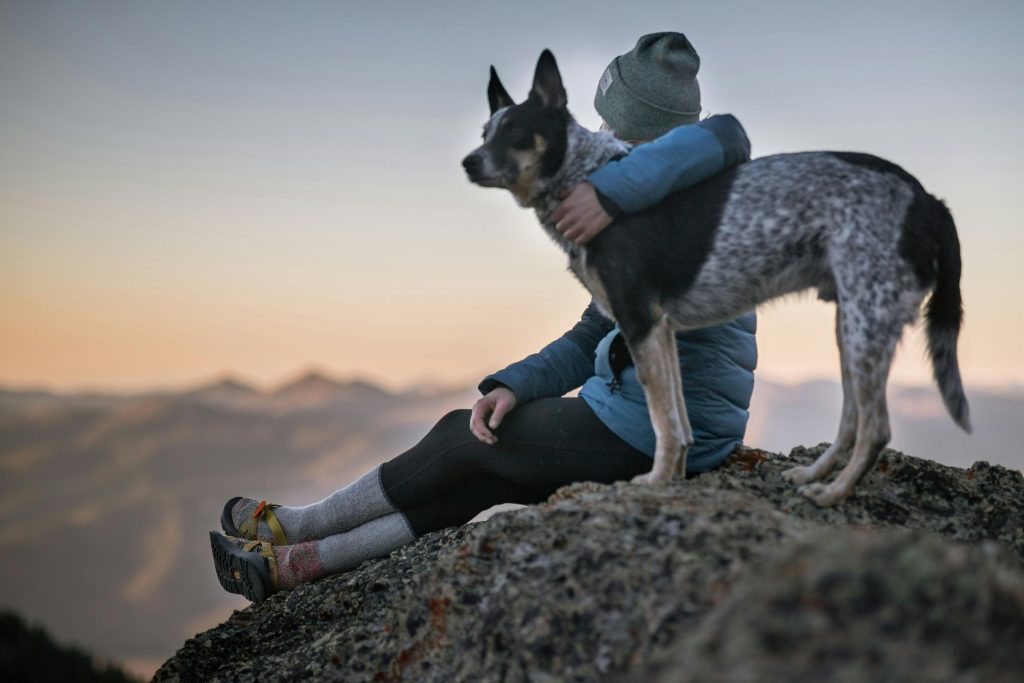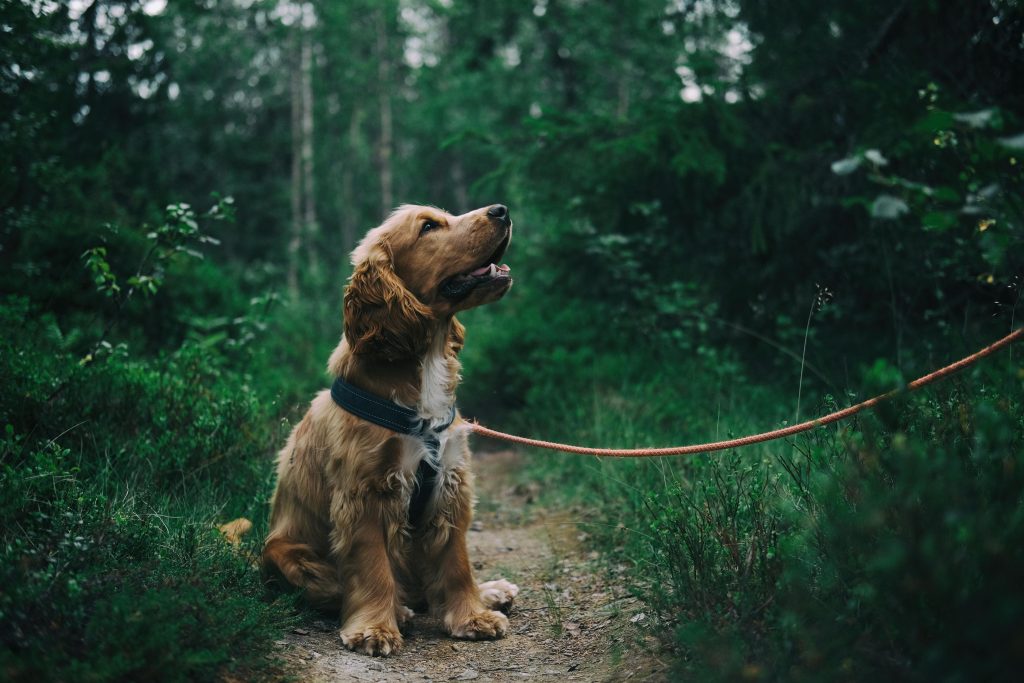Hi there, pet lovers! 🐕
Dogs have earned their title as “man’s best friend” for a reason—they are loyal, loving, and deeply integrated into human life. But owning a dog is not just about cuddles and playtime; it’s a long-term commitment that requires time, effort, and dedication.
In this comprehensive review, we’ll explore everything potential dog owners need to know before bringing one home. From temperament and care requirements to health considerations and costs, this guide will help determine if a dog is the right pet for your lifestyle.

Overview
Dogs (Canis lupus familiaris) are domesticated mammals with a bond to humans dating back thousands of years. They come in countless breeds, sizes, and temperaments, making them one of the most versatile pets. Here’s a quick summary of what makes dogs unique:
- Handling and Temperament: Highly social and trainable, but behavior varies by breed.
- Care and Maintenance: Demands daily attention, exercise, and training.
- Health and Durability: Generally hardy but prone to breed-specific health issues.
- Availability: Extremely accessible—adoption and breeders are widely available.
- Cost: Moderate to high initial and long-term expenses.
- Overall: A rewarding but demanding companion best suited for dedicated owners.

Why Choose a Dog?
Dogs offer companionship unlike any other pet. They form deep emotional bonds, provide security, and can even improve mental health. However, they require significant time and effort—dogs thrive in homes where they receive consistent training, exercise, and affection.
For those willing to commit, a dog can be a lifelong friend, a protector, and even a motivator for a more active lifestyle. But for those unprepared, the responsibility can be overwhelming.

Handling and Temperament
Dogs are highly social animals, but their behavior varies drastically depending on breed, upbringing, and training.
Personality Variations
- Some breeds (e.g., Golden Retrievers, Labradors) are naturally friendly and easygoing.
- Others (e.g., Border Collies, German Shepherds) are high-energy and need mental stimulation.
- Guard breeds (e.g., Rottweilers, Dobermans) are protective but require experienced handling.
Handling Tips
- Socialization is key. Puppies exposed to different people, pets, and environments grow into well-adjusted adults.
- Training should start early. Basic commands (sit, stay, recall) ensure safety and better behavior.
- Respect their boundaries. Even the friendliest dog can react if stressed or provoked.
Biting and Aggression
While most dogs are gentle, bites can happen due to fear, territorial instincts, or poor training. Proper socialization and responsible ownership minimize risks.

Care and Maintenance
Dogs are not low-maintenance pets. They require daily attention, exercise, and structured routines.
Enclosure & Living Space
- Indoor vs. Outdoor: Most dogs thrive indoors with family interaction.
- Space Needs: Larger breeds need yards; smaller dogs adapt to apartments if exercised properly.
- Safety Measures: Secure fencing prevents escapes, and crates aid in house training.
Diet & Feeding
- Commercial dog food (kibble or wet) should meet AAFCO standards.
- Raw or homemade diets require veterinary guidance to avoid nutritional imbalances.
- Feeding Schedule: Puppies eat 3-4x daily; adults typically eat 2x.
Exercise Requirements
- High-energy breeds (e.g., Huskies, Australian Shepherds) need 1-2 hours of vigorous activity daily.
- Low-energy breeds (e.g., Bulldogs, Basset Hounds) require shorter, gentler walks.
- Mental stimulation (puzzle toys, training) prevents destructive boredom.
Grooming Needs
- Short-haired breeds (e.g., Beagles) need weekly brushing.
- Long-haired breeds (e.g., Shih Tzus) require daily brushing and professional grooming.
- Nail trimming, ear cleaning, and dental care are essential for overall health.

Health and Durability
Dogs are generally hardy but face breed-specific health concerns.
Common Health Issues
- Hip dysplasia (common in large breeds like German Shepherds).
- Brachycephalic syndrome (flat-faced breeds like Pugs).
- Allergies, ear infections, and obesity (often diet or environment-related).
Preventative Care
- Regular vet check-ups (annual for adults, bi-annual for seniors).
- Vaccinations & parasite control (fleas, ticks, heartworm).
- Spaying/neutering unless breeding is planned.
Lifespan
- Small breeds (e.g., Chihuahuas) often live 12-20 years.
- Large breeds (e.g., Great Danes) typically live 7-12 years.

Availability and Cost
Where to Get a Dog
- Shelters & Rescues: Affordable and ethical—many adult dogs need homes.
- Reputable Breeders: Ensures health-tested, well-socialized puppies (but expensive).
- Pet Stores: Often sourced from puppy mills—avoid unless verified.
Initial & Ongoing Costs
- Adoption Fees: $50 to $300 (varies by shelter).
- Breeder Prices: $500 to $5,000+ (depending on breed rarity).
- First-Year Expenses: $1,000 to $3,000 (food, vet, supplies).
- Annual Costs: $500 to $2,000 (food, grooming, medical care).

Pros and Cons
Pros
✔ Unmatched loyalty & companionship.
✔ Highly trainable (service, therapy, protection work).
✔ Encourages an active lifestyle.
✔ Wide variety of breeds for different lifestyles.
Cons
✖ Time-consuming (daily walks, training, attention).
✖ Expensive (food, vet bills, grooming).
✖ Can be destructive if bored or untrained.
✖ Not ideal for frequent travelers or busy households.

Final Thoughts
Dogs are incredible companions—but they are not for everyone. They demand time, patience, and financial commitment. However, for those willing to invest in their care, dogs offer unconditional love, security, and endless joy.
Before adopting or buying, research breeds thoroughly, assess your lifestyle, and consider adopting an adult dog from a shelter. A well-matched dog can be the most rewarding addition to any home.
Are you ready for a dog? Let us know in the comments! 🐾








Leave a Reply